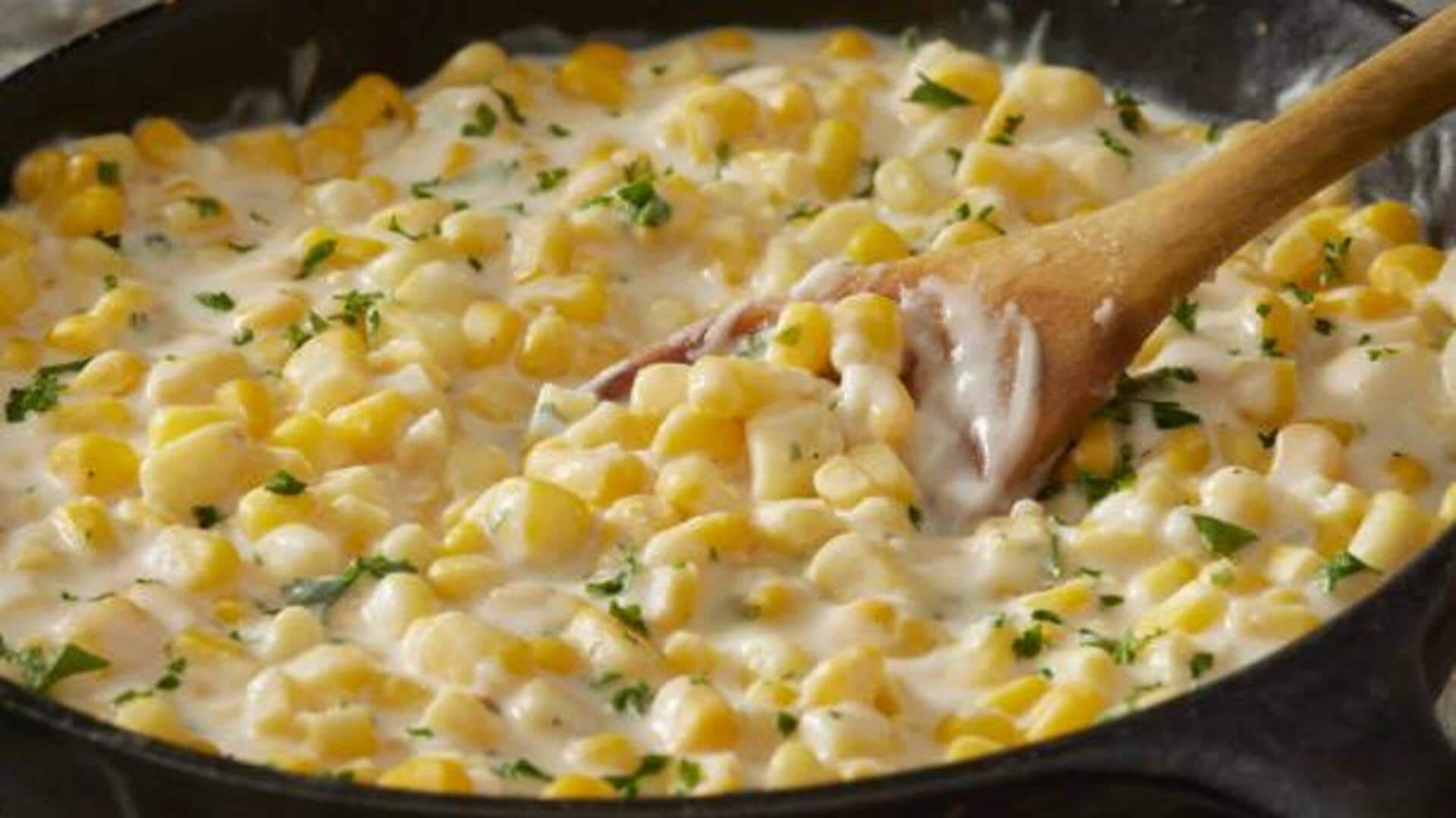
Cooking with maize: 5 timeless dishes
What's the story
Maize, a staple crop across Africa, holds a vital place in the continent's culinary scene. The crop's versatility allows it to be transformed into a variety of nutritious, culturally significant dishes. From porridges to breads, maize finds a place in the majority of traditional meals. Here are five African dishes that speak of maize's ability to create diverse, flavorful foods.
Ugali
Ugali: A staple across East Africa
Ugali is a dense porridge made from maize flour and water and is commonly eaten in East African countries such as Kenya and Tanzania. It forms the base of many meals, often accompanied by vegetables or sauces. The simplicity of ugali makes it an integral part of everyday diets, offering energy and sustenance. Its texture varies from firm to soft, based on preference or regional variations.
Pap
Pap: South Africa's comfort food
Similar to ugali, pap is especially popular in South Africa. Cooked by boiling maize meal until thick, pap can be served either soft or stiff. It accompanies a range of dishes from stews to vegetable relishes. In some parts, pap is relished with milk and sugar for breakfast, underlining its versatility as a savory and sweet dish.
Sadza
Sadza: Zimbabwe's culinary cornerstone
Sadza is Zimbabwe's version of maize porridge and is culturally important as a staple food item. Usually served with leafy greens or beans, sadza forms the basis of many meals because of how filling it is. The dish is made by stirring white maize meal into boiling water until smooth and thickened—a process that requires skill to get the perfect consistency.
Nsima
Nsima: Malawi's traditional delight
Nsima is the staple of Malawian food, where it serves as the accompaniment and not the focal point itself—sometimes served with vegetables cooked in tomato-based sauces called ndiwo (relish). Made in the same way by mixing fine-ground cornmeal into hot water while stirring continuously until thickened; nsima lends sustenance through its carbohydrate-rich content.
Banku
Banku: Ghanaian fermented favorite
What separates banku from other maize-based dishes is the fermentation that occurs during its preparation—making this Ghanaian delicacy one-of-a-kind with its unique, tangy taste not found elsewhere on the continent. Fermented corn dough combined with cassava flour before cooking gives banku a pliable, dough-like consistency, which complements spicy soups and stews alike, making banku a favorite across the West Africa region.